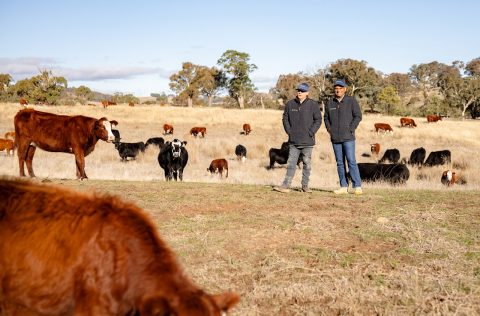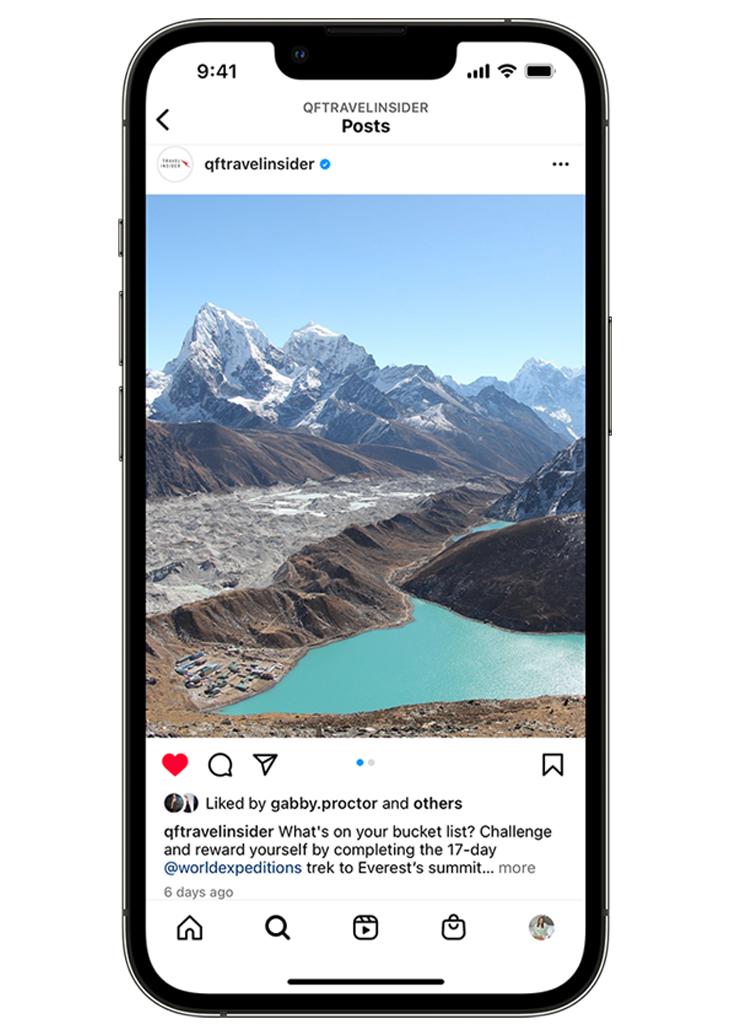How SenseMyFarm is Transforming How We Track Livestock
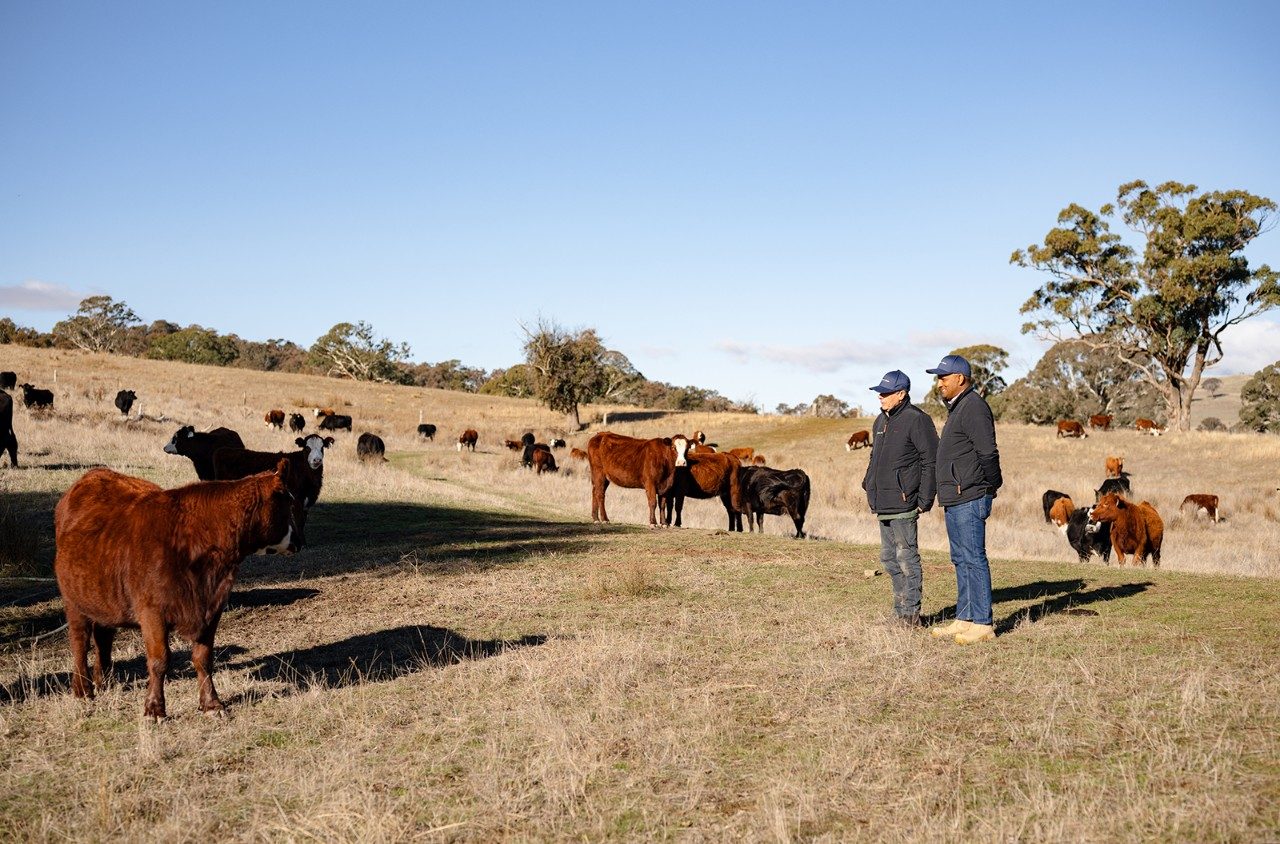
When tech entrepreneur Rony Stephen visited Grant Molloy’s NSW property, it led to the development of a sensor-based monitoring system for livestock – and a move to the country.
Fact file
Co-founders: Rony Stephen, 46 (far right), and Grant Molloy, 61
Investors: Self-funded
First customer: Robert Chambers, sheep farmer in Gongolgon, NSW, in 2023
Headquarters: Orange, NSW
Number of employees: Four, working on a self-funded basis
What’s your elevator pitch?
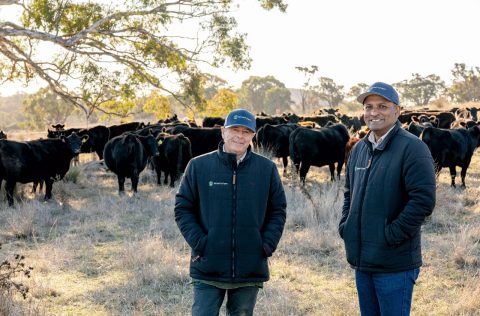
Rony Stephen: “SenseMyFarm improves productivity and peace of mind in livestock farming through cost-effective remote-monitoring solutions.”
How did you get the idea off the ground?
Grant Molloy: “When Rony came for a farmstay at my Mandurama property [in the NSW Central Tablelands] in December 2021, he asked me a lot of questions about how the farm operated. Two weeks later he sent an email saying he had all these solutions to monitor parts of the farm. I worked out a spot for the wi-fi gateway, we put some tank-monitoring sensors in and tags on a couple of cattle and started experimenting with the equipment. I knew there’d be virtue in it – people are always saying, ‘I wish we knew where our cows were.’ Now we can check our phone or PC and see.”
RS: “SenseMyFarm was born from real-world challenges on Grant’s 1100-hectare cattle and sheep farm. We trialled a lot of hardware to find reliable equipment that works over the distance and built our own software. I’m so fortunate to have Grant mentoring me and keeping me from going down rabbit holes that I shouldn’t.”
How does it work?
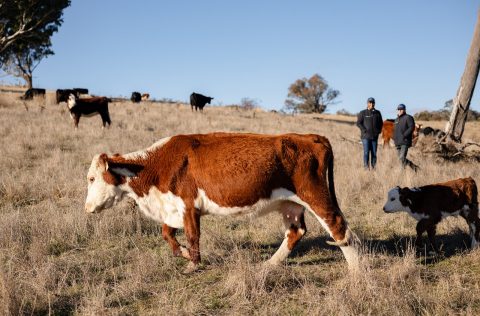
RS: “Using a wireless technology called LoRaWAN, SenseMyFarm establishes a long-range wireless network to collect data from battery- or solar-powered sensors, which can monitor cattle, water tanks, pumps and more. We’ve overcome three of the major challenges of monitoring in rural and outback areas: lack of mobile network coverage; absence of farm-wide access to mains power; and the high cost of mobile or satellite connectivity.”
How did you convince customers?
RS: “Our first customers discovered us at our booth at the Australian National Field Days near Orange, in 2023 and 2024. One of the biggest gripes people have in the country is that they buy a piece of kit then have to pay a subscription every month. We offer a no-subscription model. We sell you the equipment upfront, access to our web-based software is free and away you go.”
GM: “As regenerative graziers, SenseMyFarm has helped refine our practice. We can see where the cattle have been and track what parts of a paddock they’re grazing when you first put them in there, which gives you an idea what sort of grass they’re looking for. The water monitoring is fantastic because we can see the level in the tank in real time, whereas before we had pumps set up to keep filling it and you had no idea whether a pipe had burst or a water trough had fallen apart.”
What’s next?
GM: “We’re working on a weather station that fits our LoRaWAN system to monitor rainfall, solar radiation and evaporation, along with wind speed and direction, which ties in well with crop farmers, orchards and vineyards. The scope is huge.”
RS: “Our product development is driven by farmers. Our vision is to build an enterprise that leverages technology to support sustainable farming.”
